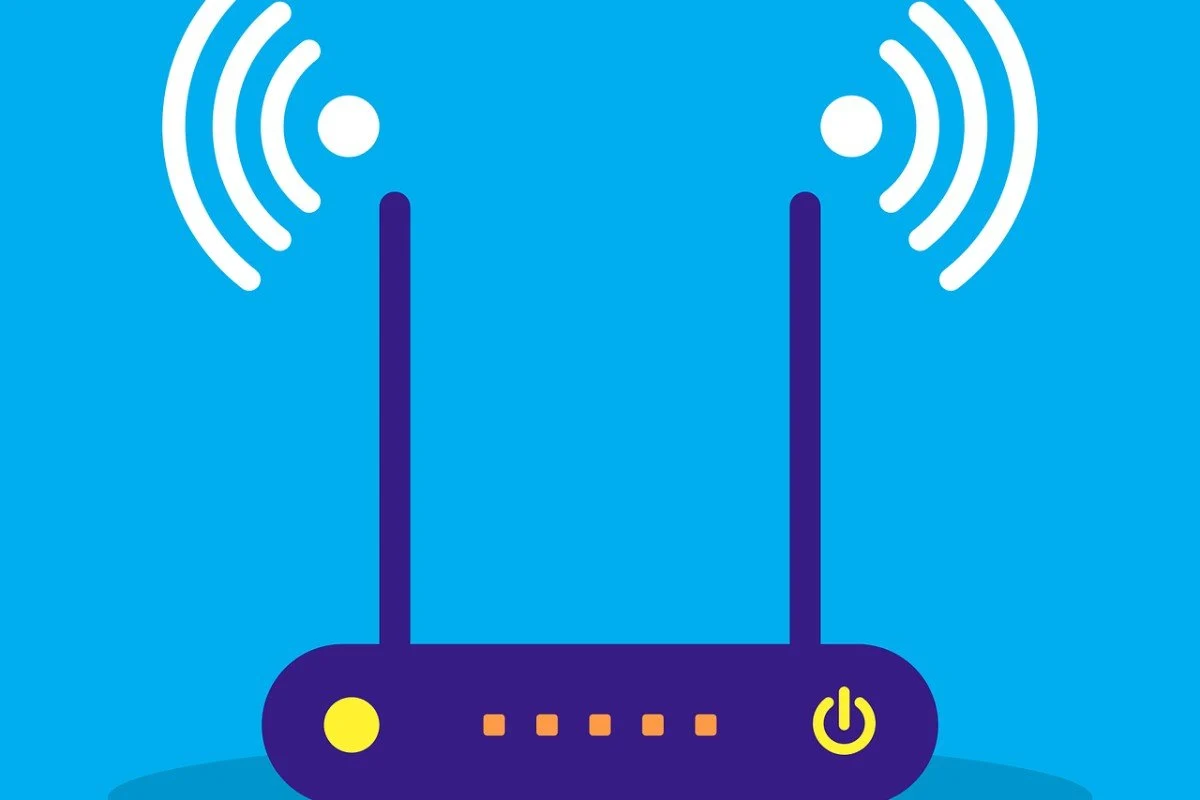A reliable WiFi signal is essential to efficiency and seamless connectivity in today’s world of digital. One of the most important factors in reaching this goal is the careful positioning of an Wireless Access Point (WAP). The position of the WAP is essential to ensure reliability and stability. Let’s explore the importance of WAP devices and how to choose the best home access point for optimal wireless connectivity.
Wap Wireless access point is a vital networking device that lets wirelessly enabled devices connect to a wired network by WiFi or any other standard. It plays an essential role in extending the reach of your network, and removing the necessity for hefty wires. WAPs WAP receives information from a router on an Ethernet cable and transforms it into an wireless signal. The radio signal can be picked up by WAP devices, which provide them with network connectivity.

WAP Placement: The Impact
A WAP should be strategically located to offer a robust and reliable WiFi connection throughout the region. Positioning the WAP can affect the strength of the signal, the range of coverage, and the overall efficiency of the WiFi network. Placing the wireless access point in the best location can assist in reducing interference and enhancing coverage while increasing connectivity for users.
Factors affecting the strength of WAP’s Signal
There are many variables that affect the signals the WAP sends to your device. This includes:
Signal strength: The power of the signal.
Range: The longest distance that the WAP can send solid and steady signals.
Interference: The presence of obstacles or electronic devices that can hinder the wireless signal.
Find the top home access point
To ensure the best WiFi performance, choosing the best WAP for your home or office is vital. When you are choosing the ideal home access point, there are several factors to take into account.
Signal Strength and Coverage Choose a WiFi provider that offers strong signal strength and vast coverage area. This will ensure that your WiFi signal is available across the areas you want to cover without dead spots.
Select a WiFi with features which minimize interference. It could be dual-band, tri-band, or other capabilities that permit you to browse WiFi channels that are highly traffic-driven.
Simple Configuration and Setup Select a WLAN with a simple configuration and setup. Simple installation procedures and user-friendly interfaces help you save time and effort.
Security Features: Select WAPs with strong security features such as encryption protocols, security settings and security settings. This can help secure your network and information.
Scalability: Check that the WAP is able to handle the devices you’re planning on connecting. A WAP that can be flexible can grow with the demands of your network and can be a long-term investment.
Optimizing WAP Placement for Maximum Performance
Central Location: Place the WAP in a central point to ensure uniform coverage of WiFi throughout the space. This will eliminate dead zones and guarantee a steady connection throughout the structure.
The WAP can be mounted on a higher surface like a ceiling or wall. This will allow the signal to be broadcasted more effectively and offers better coverage.
Beware of Interferences – Keep the WAP away from any devices or materials that can create interference. Examples include microwaves, cordless phones and structures made of metal. This will ensure a strong WiFi signal.
Professional Assessment: You may want to consult with IT professionals for a thorough evaluation of your area. They can help you determine the most effective WAP location locations based upon specific needs.
We also have a conclusion.
A solid WiFi connection in the ever-evolving technological landscape is a must. Wireless Access Points are essential in this regard, as they extend your network and provide a stable WiFi connection. The most efficient WiFi performance can be obtained by positioning your WAP in the right place, and choosing the right WiFi access point.
It’s worth investing the time and effort to analyze the space you have available and understanding the factors that affect WAP signal strength and considering essential features of WAPs. If you can master the art of placing WAPs You can discover the full potential of your WiFi network and enjoy a continuous, seamless connectivity experience.